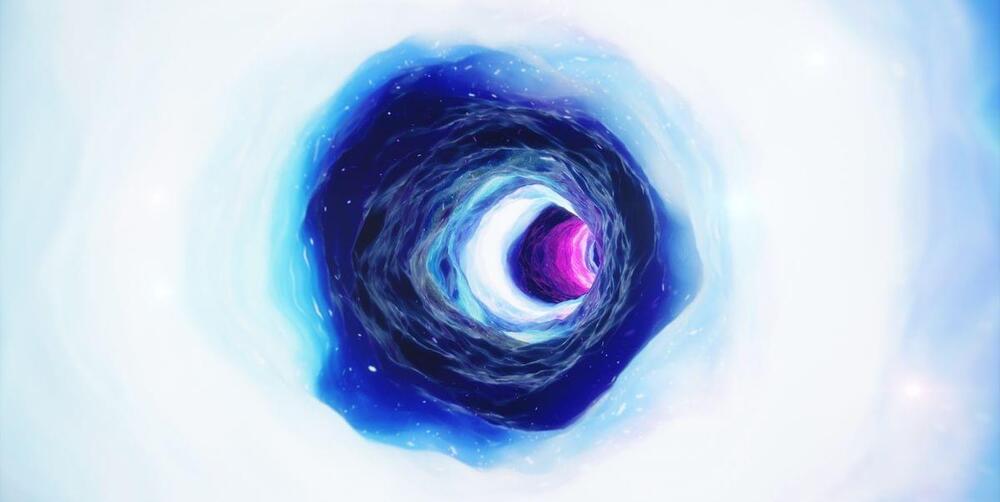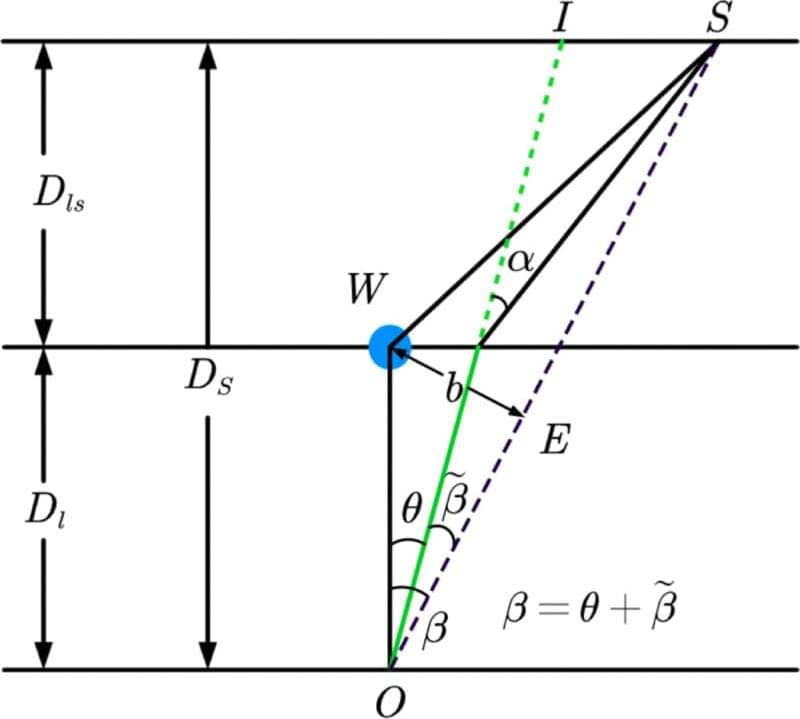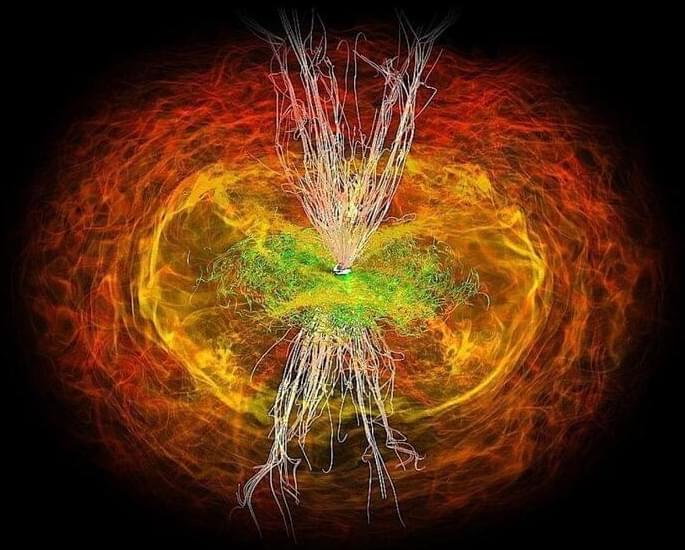It’s a hot new early dark energy summer.
We’re still not sure exactly what dark energy is, but it may have played a key role in the early universe.
Physicists can’t see or measure dark energy (hence the name). The only clue that it exists is how it affects the rest of the universe; dark energy is the force that’s driving the universe to keep expanding faster. Physicists Florian Niedermann of Stockholm University and Martin Sloth of the University of Southern Denmark propose that if dark energy formed bubbles in the dark plasma of the early universe, it could solve one of the biggest mysteries in modern physics.
They describe their idea in a recent paper in the journal Physics Letters B.






